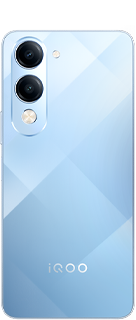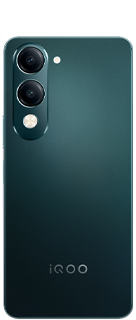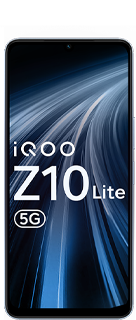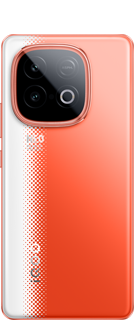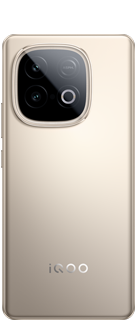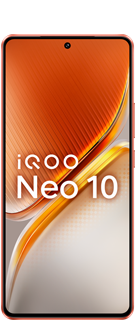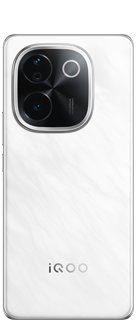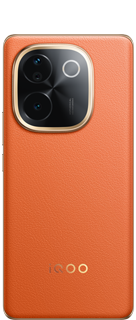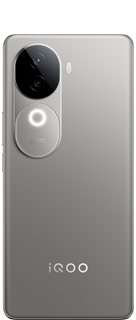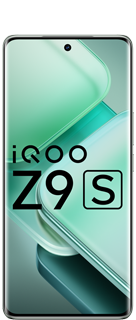PCAP capacitive touch screens
Are you looking for a touchscreen technology that offers high performance, durability, and versatility? If so, you might want to consider PCAP capacitive touch screens. PCAP stands for projected capacitive, and it is one of the most popular and advanced touchscreen technologies in the market today.

In this blog post, we will explain what PCAP capacitive touch screens are, how they work, and what benefits they offer for various applications.
What are PCAP capacitive touch screens?
PCAP capacitive touch screens are a type of touchscreen that uses a layer of electrodes to create a capacitive field on the surface of the screen. When a finger or a conductive stylus touches or hovers over the screen, it changes the capacitance of the field, which is detected by a controller and translated into a touch signal. PCAP capacitive touch screens are also known as PCT, Pro-Cap, or PCAP touch screens.
How do PCAP capacitive touch screens work?
PCAP capacitive touch screens consist of two main components: a sensor layer and a cover layer. The sensor layer is made of two layers of electrodes (X and Y) that form a grid pattern on a glass substrate. The cover layer is another glass layer that protects the sensor layer and provides a smooth surface for touch input. The cover layer can also be customized with different shapes, sizes, thicknesses, colors, and coatings to suit different applications.
The sensor layer and the cover layer are separated by a thin layer of insulating material, such as air or adhesive. A constant voltage is applied to the electrodes, creating a capacitive field between them. When a finger or a conductive stylus approaches or touches the screen, it acts as another electrode and alters the capacitance of the field. The controller measures the change in capacitance at each intersection point of the grid and calculates the coordinates of the touch point.
What are the benefits of PCAP capacitive touch screens?
PCAP capacitive touch screens offer many advantages over other touchscreen technologies, such as resistive or surface capacitive. Some of these benefits include:
- High optical clarity: PCAP capacitive touch screens have minimal light loss and reflection, resulting in bright and clear images.
- High durability: PCAP capacitive touch screens are resistant to scratches, dust, water, and chemicals, making them suitable for harsh environments.
- High sensitivity: PCAP capacitive touch screens can detect very light touches and support multi-touch gestures with up to 10 fingers.
- High versatility: PCAP capacitive touch screens can be operated with fingers, gloves, or styluses, and can be customized with various shapes, sizes, and features.
What are some applications of PCAP capacitive touch screens?
PCAP capacitive touch screens are widely used in many consumer and industrial devices, such as smartphones, tablets, laptops, monitors, kiosks, POS systems, medical devices, vending machines, HMIs, and more. PCAP capacitive touch screens can provide an intuitive and interactive user experience for various purposes and scenarios.
Please sign in
Login and share




